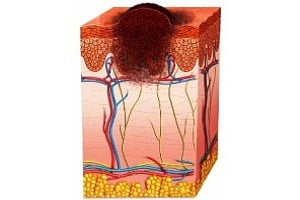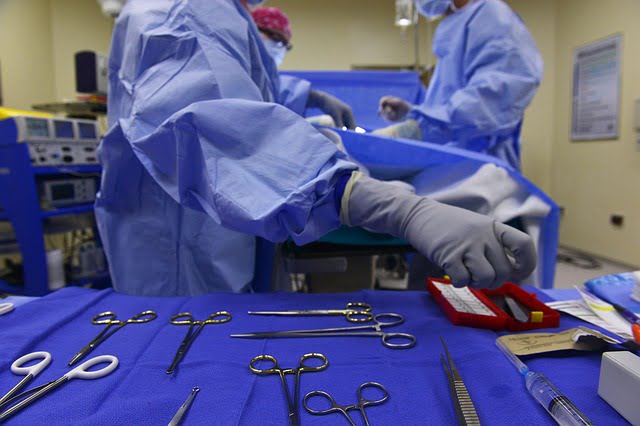Soft Tissue Sarcoma: Symptoms, Diagnosis and Treatment
- Updated on: Jul 6, 2024
- 3 min Read
- Published on Mar 6, 2019

A sarcoma is a type of cancer that starts in bone or muscle tissues. These cancerous tumors can develop in connective tissues anywhere in the body but are mainly found in the arms, legs, chest, and abdomen. Proper diagnosis of cancerous tumors is important as people may often ignore these cancerous lumps if they are not painful or are causing any problems.
About Soft Tissue Sarcoma
Soft tissue sarcoma is considered as a rare type of cancer which grows in connective tissues. The function of connective tissues is to unite, support and surround other body structures. Soft tissues comprise of muscles, fat cells, blood vessels, nerves, lymph vessels, tendons and the lining of the joints.
It is observed that more than 50 subtypes of soft tissue sarcoma exist. Some common types of sarcoma are angiosarcoma, epithelioid sarcoma, liposarcoma gastrointestinal stromal tumor (GIST), Kaposi’s sarcoma, malignant peripheral nerve sheath tumors, etc. These soft tissue tumors can equally affect children and adults. It was estimated that about 12,000 cases of soft tissue sarcoma were diagnosed in the U.S. in 2017.
Symptoms of Soft Tissue Sarcomas
Soft tissue sarcoma is a malignant type of cancer but the diagnosis of these tumors is difficult. People may first notice lumps in different body parts that grow over time (from weeks to months). Soft tissue tumors can appear as outgrowths around neck or abdomen, lump around anus, head, arms, legs, trunk, etc.
It is observed that about 60 percent people develop sarcoma in arms or legs, about 30 percent in the torso or abdomen or belly and 10 percent occur in the head or neck. In some cases, people think cancerous tumors as normal lumps as they might not cause any discomfort or pain and therefore proper diagnostic procedures are needed to detect soft tissue sarcoma.
Soft tissue tumors increase in size with time and may press against nerves or muscles. This can result in discomfort, pain or lead to troubled breathing. Soft tissue sarcoma can also lead to the formation of tumors in the bones leading to osteosarcoma. These may lead to pain in the affected bone, which may be worse at night. It can also result in swelling or inflammation of the affected part. In some cases, blood in stool or vomit is also observed in patients suffering from soft tissue sarcoma.
Diagnosis of soft tissue sarcoma
For accurate diagnosis of sarcoma, doctor will require to know the complete medical history of the patient. If the doctor suspects any abnormality, he might recommend the following diagnostic procedures:
- Imaging tests, such as a CT scan, an ultrasound, or an MRI, helps to see the suspected areas or areas where the cancer has spread.
- Doctors often recommend a bone scan if they suspect osteosarcoma.
- To confirm the diagnosis, doctors then perform biopsy or tissue tests. Mainly three types of biopsy are used during the diagnosis of sarcoma such as incisional biopsy which involves removing a part of a lump or a sample of tissue, core biopsy which involves removal of tissue with the help of a wide needle and excisional biopsy which involves removing an entire lump or area of tissue that doesn’t appear normal.
- Molecular testing of the tumor is also recommended in some cases. During molecular testing, some tests are performed on the tumor sample to identify specific genes, proteins, and other factors unique to the tumor. The results of molecular tests are also beneficial in determining the treatment procedure for the condition.
Treatment of soft tissue sarcoma
Treatment of soft tissue sarcoma depends on the size, type and location of the tumor. Surgery is the most preferred option to treat tumors. If the tumors are large, radiation therapy is used to kill the cancerous cells or reduce the size of the tumor. Chemotherapy and drug target therapies are other therapies used to treat soft tissue sarcoma.












